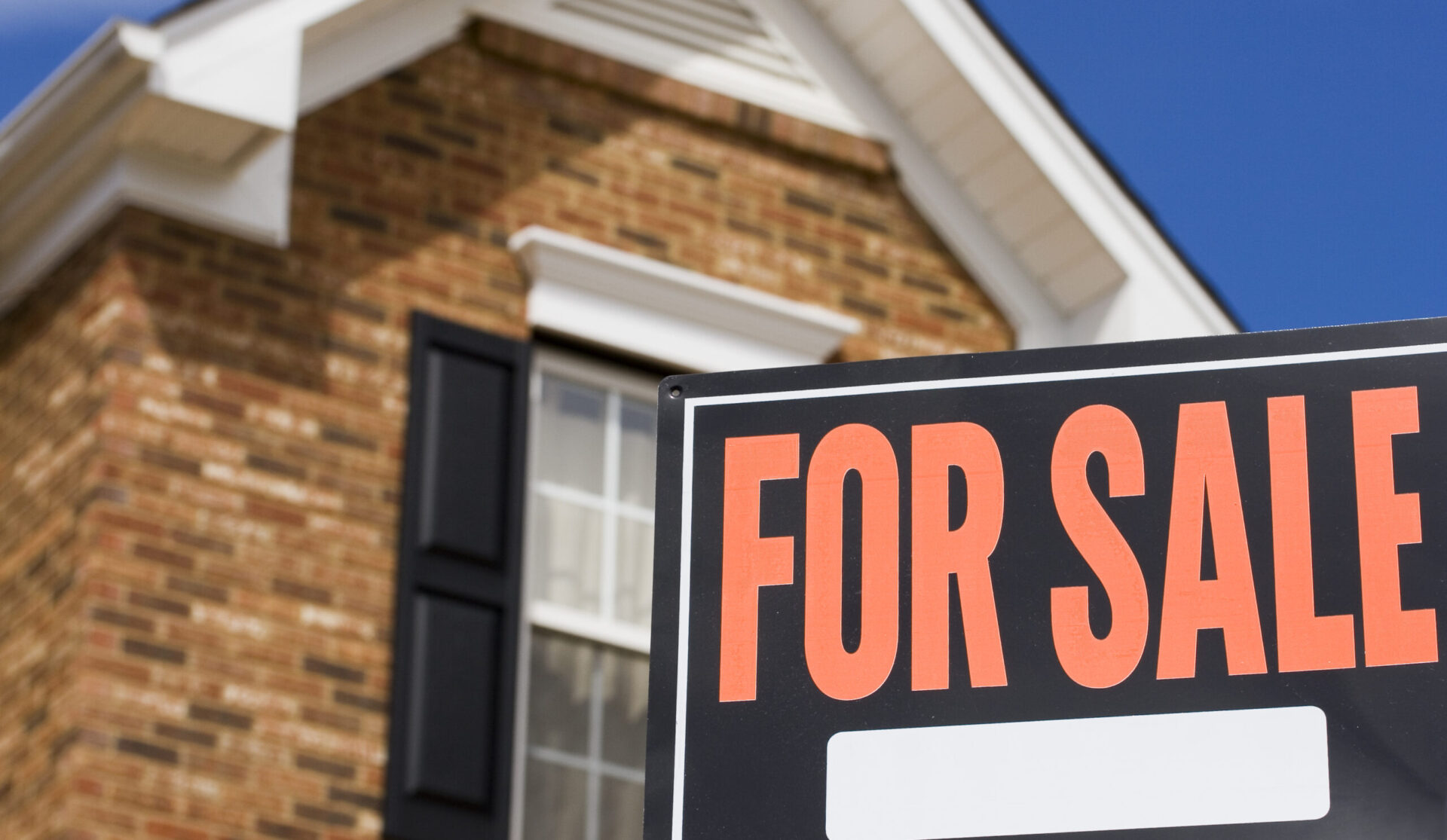Existing-home sales dropped for the eighth straight month in September, down 1.5% from August and 23.8% YOY, according to the most recent data from the National Association of Realtors.
Sales fell to a seasonally adjusted annual rate of 4.71 million and declined in three of the four major regions. The West saw no change.
“Despite weaker sales, multiple offers are still occurring with more than a quarter of homes selling above list price due to limited inventory,” said NAR Chief Economist Lawrence Yun.
“The current lack of supply underscores the vast contrast with the previous major market downturn from 2008 to 2010, when inventory levels were four times higher than they are today.”
Inventory of unsold homes fell 2.3% from August to 1.25 million. This is a 3.2 months supply at the current sales pace, unchanged from last month.
The median price for an existing home was up 8.4% YOY to $384,800, though it’s the third month of prices falling from June’s record high of $413,000.
While appreciation is moderating, prices still rose in all regions. This is the 127th consecutive month of YOY price increases, the longest streak on record.
The typical home stayed on the market for 19 days in September, up from 16 in August, while 70% of homes sold were on the market for less than a month.
Yun noted that expensive regions of the country are seeing the biggest dips in sales as buyers react to the increasing costs of buying a home.
The share of income required to afford a mortgage has risen to 30.2%, far exceeding the normal rate of 22.8%. National prices are about 25% higher than where they need to be to return to normal levels.
Leaders at Zillow say the country would need to see a “sharp” inventory increase for a major price correction to occur, which is unlikely.
“Inventory remains tight, real income growth is dismal, mortgage rates show no signs of dropping, and there is plenty of pent-up demand ready to bid prices back up if they reach a level would-be buyers can once again afford,” said Zillow Senior Economist Nicole Bachaud.
“Filling the housing deficit continues to be the key to long-term affordability, but the recent slowdown in single-family construction is not a good sign that the market is getting closer to building enough to meet demand.”
Follow Us On Twitter:
Read More Articles:
Researcher: The U.S. Needs 4.3 Million More Apartments
Wells Fargo Downsizing Mortgage Business As Pandemic High Wears Off
Officials: Beware Of Scammers, How To Get Help After Hurricane Ian
